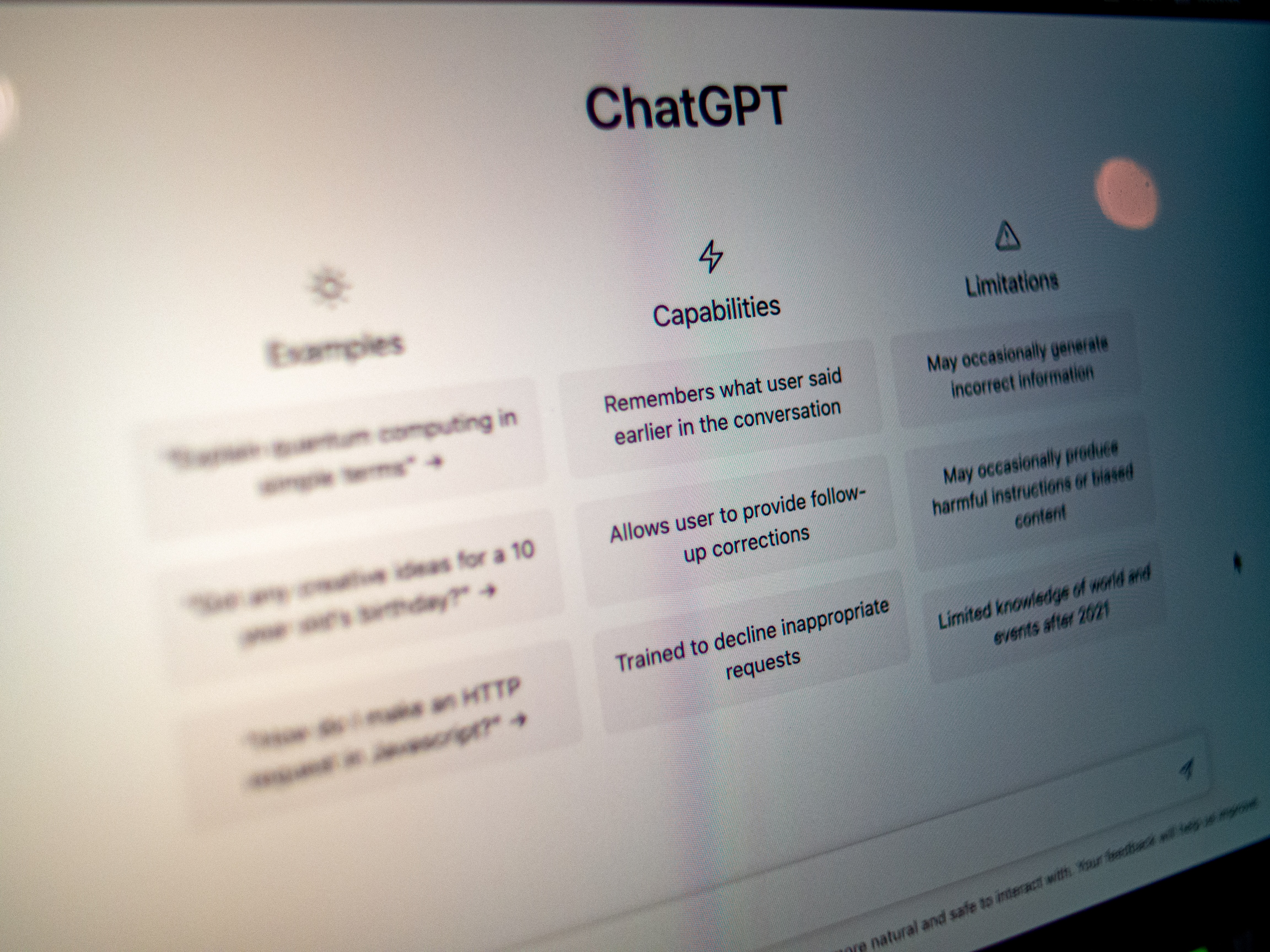Insights
News and insights into the world of file transfer


WeTransfer’s new terms of service: what section 6.3 means for you
At dataXchange, we're committed to protecting your data - not exploiting it. That’s why we think it's important to talk about a significant update in WeTransfer’s Terms of Service, specifically Section 6.3, and what it could mean for your business and your clients’ confidentiality.

Shadow IT and the role of WeTransfer
The workplace is evolving at an unprecedented pace, with technology playing a pivotal role in daily operations. However, this rapid evolution has led to a phenomenon known as "Shadow IT," where employees use unsanctioned software, applications, or services without explicit approval from their organisation's IT department.

Why sending data via email is risky
Safeguarding sensitive information is paramount, and the General Data Protection Regulation (GDPR) emphasizes this necessity. When it comes to sharing data, particularly via email, understanding the risks is essential for compliance and safeguarding personal information.


Top 5 reasons why you shouldn't use email to transfer data files
We all use email on a daily basis as our primary method of communication. Countless emails are sent across the world with the majority of legitimate emails usually finding their destination, but the same cannot always be said for emails carrying large attachments.




What’s all the fuss about AES-256 encryption?
First of all, what is it?
256 bit encryption is a data encryption technique that uses a 256-bit key to encrypt and decrypt data or files. It is one of the most secure encryption methods and is used in most modern encryption algorithms, protocols and technologies including AES and SSL.

In a post-GDPR world and people are still sending data by email…
One of the problems with GDPR, is that it doesn’t state exactly what people should do when it comes to securing personal data. Businesses should use appropriate organisational and technical measures to protect data, which is pretty vague and open to interpretation.




